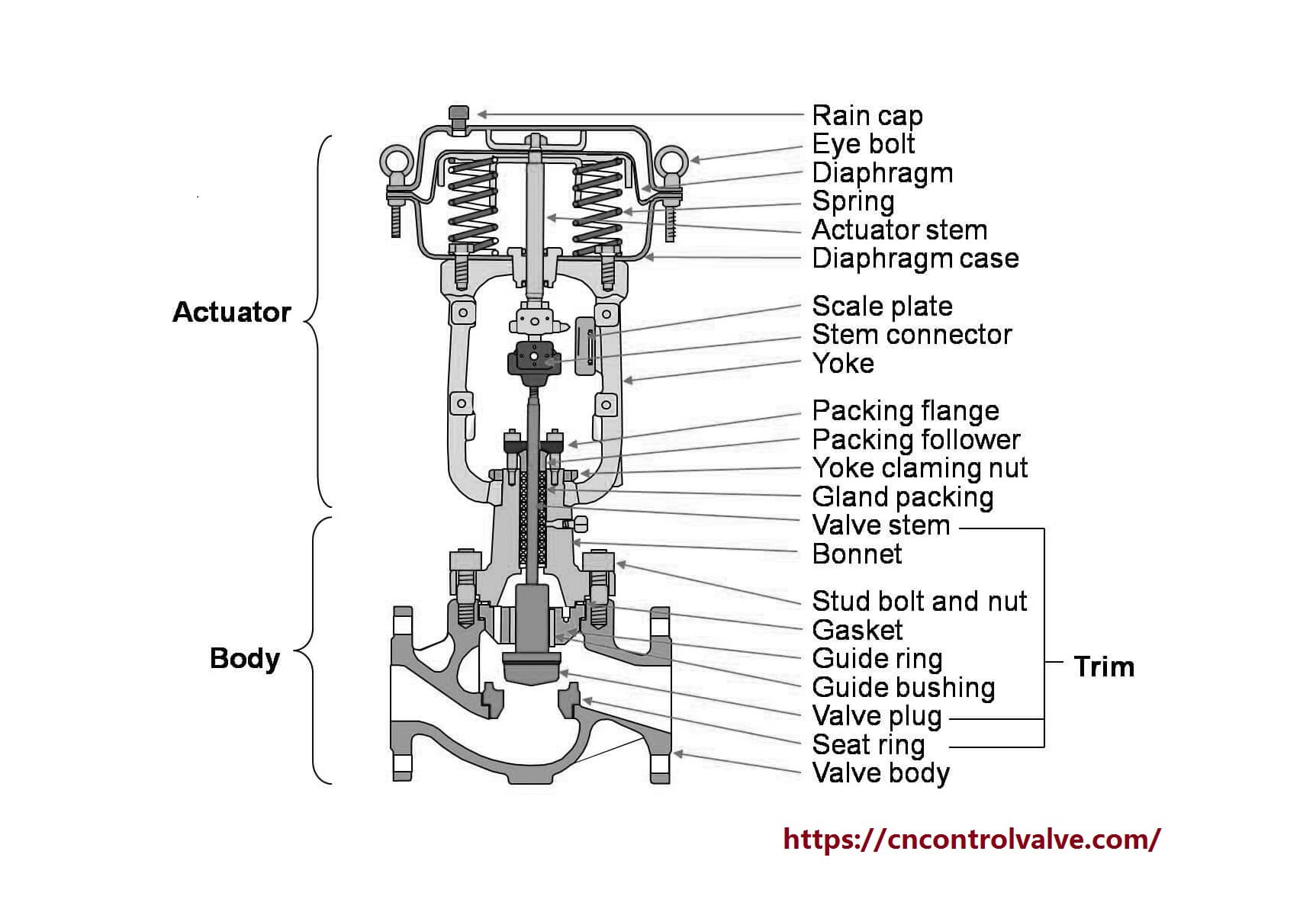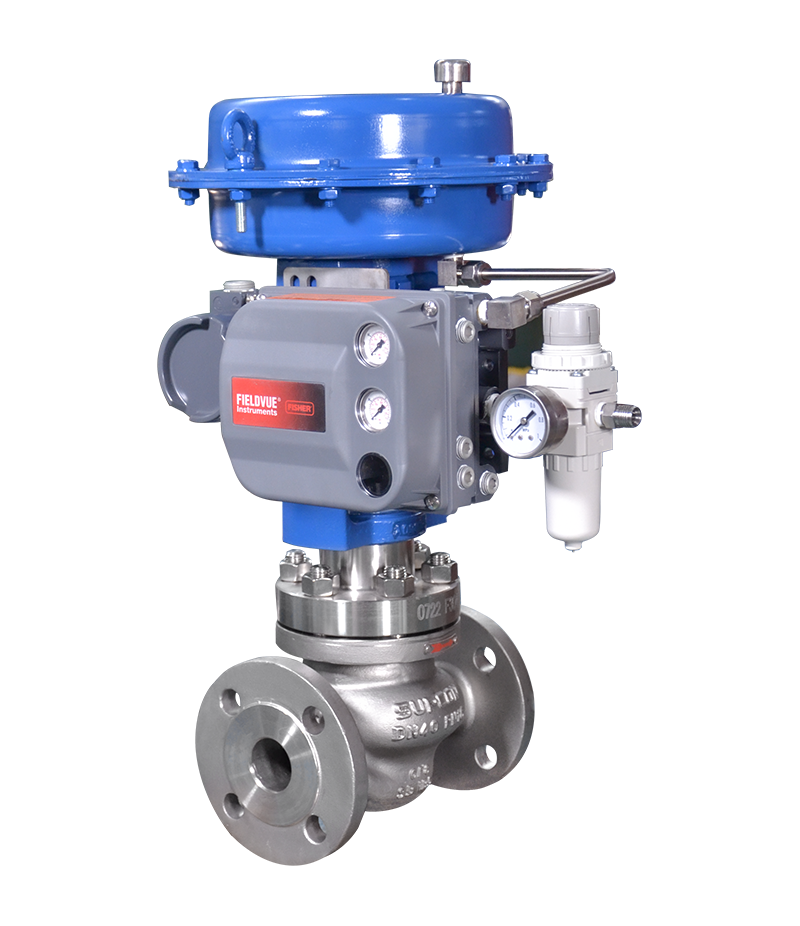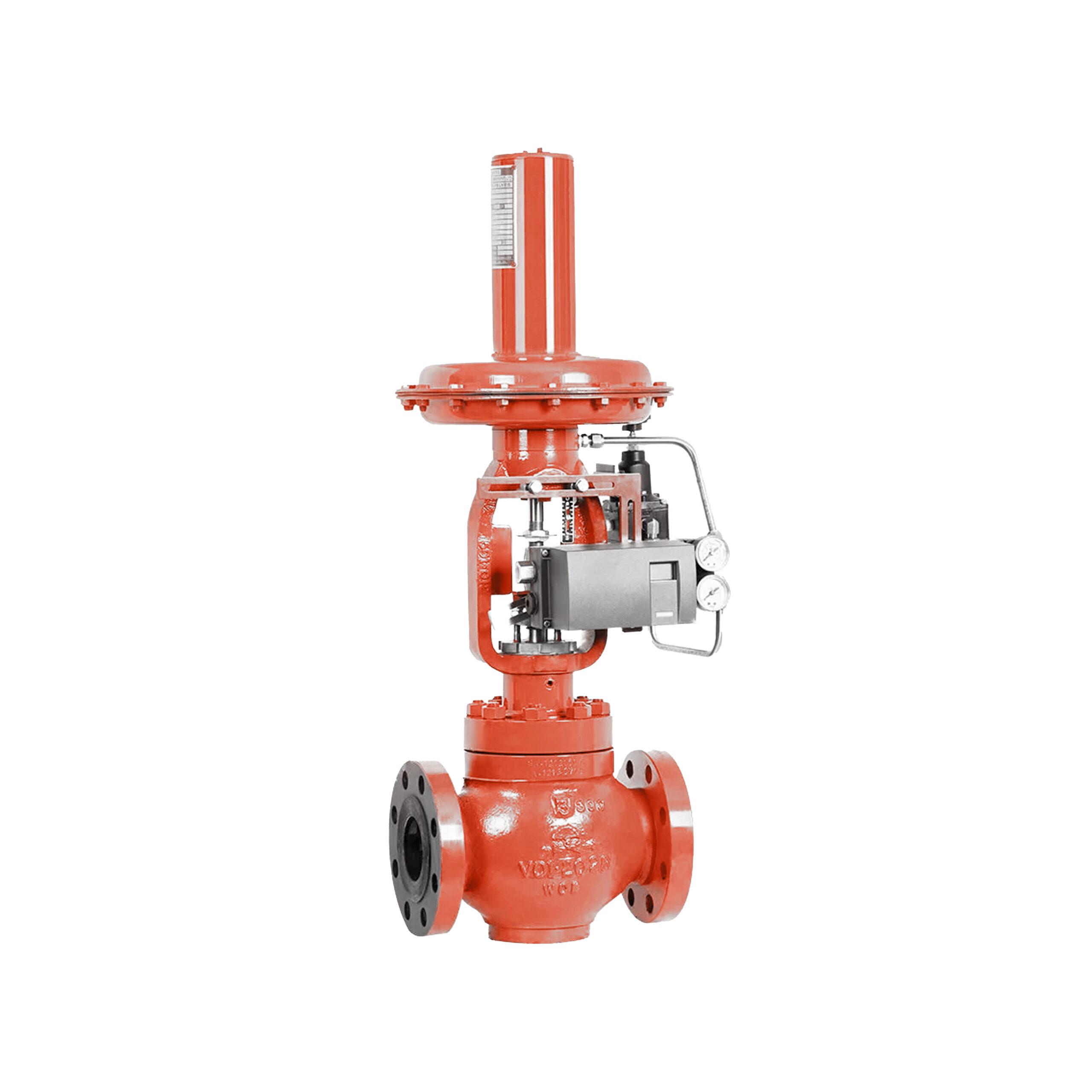Discovering the Capability of Modern Control Valves in Industrial Applications
Discovering the Capability of Modern Control Valves in Industrial Applications
Blog Article
Achieve Seamless Combination and Control With Top Quality Structure Automation Controls
In the world of contemporary building management, the importance of quality structure automation controls can not be overstated. As innovation remains to breakthrough, the integration and control of different systems within a structure have actually advanced to be extra efficient and advanced. The seamless operation and monitoring of lights, HEATING AND COOLING, safety and security, and various other building features have become paramount for improving resident convenience, power effectiveness, and total functional effectiveness. Nevertheless, the trip towards attaining true integration and control is a complex one, with considerations varying from system compatibility to cybersecurity. Welcoming high quality structure automation controls is not just a matter of comfort but a critical necessary for organizations intending to maximize their centers' performance and sustainability.

Evolution of Structure Automation Controls
Throughout the past couple of decades, the evolution of developing automation controls has substantially changed the way buildings are managed and operated. Developing automation systems mostly focused on standard functions such as regulating heating, air, and ventilation conditioning (A/C) systems. Nevertheless, as technology progressed, these controls have come to be more innovative, enabling a larger range of structure systems to be integrated and managed centrally.
The advancement of developing automation controls has actually seen a shift towards more smart systems that can adapt to changing conditions in real-time. This flexibility is vital for optimizing power effectiveness and ensuring passenger comfort. Furthermore, modern-day structure automation controls now provide attributes such as anticipating maintenance, remote monitoring, and information analytics, making it possible for center supervisors to make data-driven choices to boost structure performance.

Advantages of Top Quality Integration
The advancement in building automation manages towards more intelligent systems has actually highlighted the considerable benefits of quality assimilation in enhancing building operations and boosting general effectiveness. This centralized control also provides far better exposure and understandings into building performance, allowing proactive upkeep and optimization techniques. On the whole, the advantages of top quality assimilation in building automation controls are indisputable, providing enhanced effectiveness, comfort, and functional performance.
Boosted Customer Experience and Ease Of Access
Enhancing individual interaction with building automation regulates with user-friendly layout and boosted ease of access raises the general experience for occupants and facility managers alike. By concentrating on user experience, constructing automation systems can come to be extra effective and user-friendly. User-friendly interfaces, clear navigation, and personalized settings encourage individuals to communicate with the controls easily and effectively.
Access functions play a vital role in ensuring that all individuals, consisting of those with disabilities, can utilize the building automation manages with ease. Integrating attributes such as voice commands, responsive switches, and color-contrasted displays can improve accessibility and make the controls a lot more comprehensive.
Moreover, improved individual experience brings about higher user satisfaction, boosted productivity, and much better decision-making. Occupants can readjust environmental setups according to their choices, while facility managers can effectively monitor click here now and manage building systems - control valves. Overall, prioritizing user experience and ease of access in building automation controls adds to a more effective and smooth structure setting for all stakeholders involved
Sustainable Practices Through Automation

Additionally, automation can facilitate the integration of eco-friendly power resources such as solar panels or wind generators into structure procedures. Through automation, structures can align with modern-day sustainability objectives and add to a greener future.
Future Trends in Building Control Systems
One noticeable trend shaping the future of building control systems is the raised integration of Artificial Knowledge (AI) and equipment learning. Furthermore, the Net of Points (IoT) is transforming building control systems by linking sensors and devices to boost and streamline procedures effectiveness.
An additional vital trend is the focus on cybersecurity measures to protect against potential risks to constructing automation systems. As structures come to be more interconnected, ensuring durable cybersecurity procedures will certainly be vital to safeguard sensitive information and prevent unauthorized access.
Moreover, the change in the direction of cloud-based systems is obtaining energy, enabling streamlined control and remote access to building systems. This helps with simpler tracking, maintenance, and updates, enhancing the total efficiency and versatility of building control systems. As innovation proceeds to breakthrough, these fads are anticipated to shape the future landscape of building automation controls, driving innovation and sustainability in the constructed setting.
Verdict
In verdict, building automation controls have actually advanced substantially, using many benefits such as boosted customer experience, accessibility, and lasting methods. Quality assimilation plays a crucial function in achieving smooth control and effective procedure of building systems. Future fads in building control systems are most likely to concentrate on more enhancing automation capacities for enhanced power efficiency and general efficiency. It is vital for building owners and drivers to prioritize the adoption of top quality building automation regulates to optimize structure operations and achieve lasting sustainability objectives.
In the browse around this web-site realm of modern-day building administration, the significance of quality structure automation controls can not be overemphasized. On the whole, the evolution of building automation regulates proceeds to drive technology in the building monitoring market, using brand-new opportunities for producing smarter and extra sustainable buildings.
The development in building automation manages towards more intelligent systems has underscored the significant benefits of quality integration in optimizing structure procedures and boosting total performance. In general, prioritizing user experience and access in building automation controls contributes to a more effective and smooth structure atmosphere for all stakeholders involved.
It is vital for building owners and drivers to focus on the adoption of quality structure automation manages to enhance building procedures and achieve long-term sustainability objectives. - control valves
Report this page